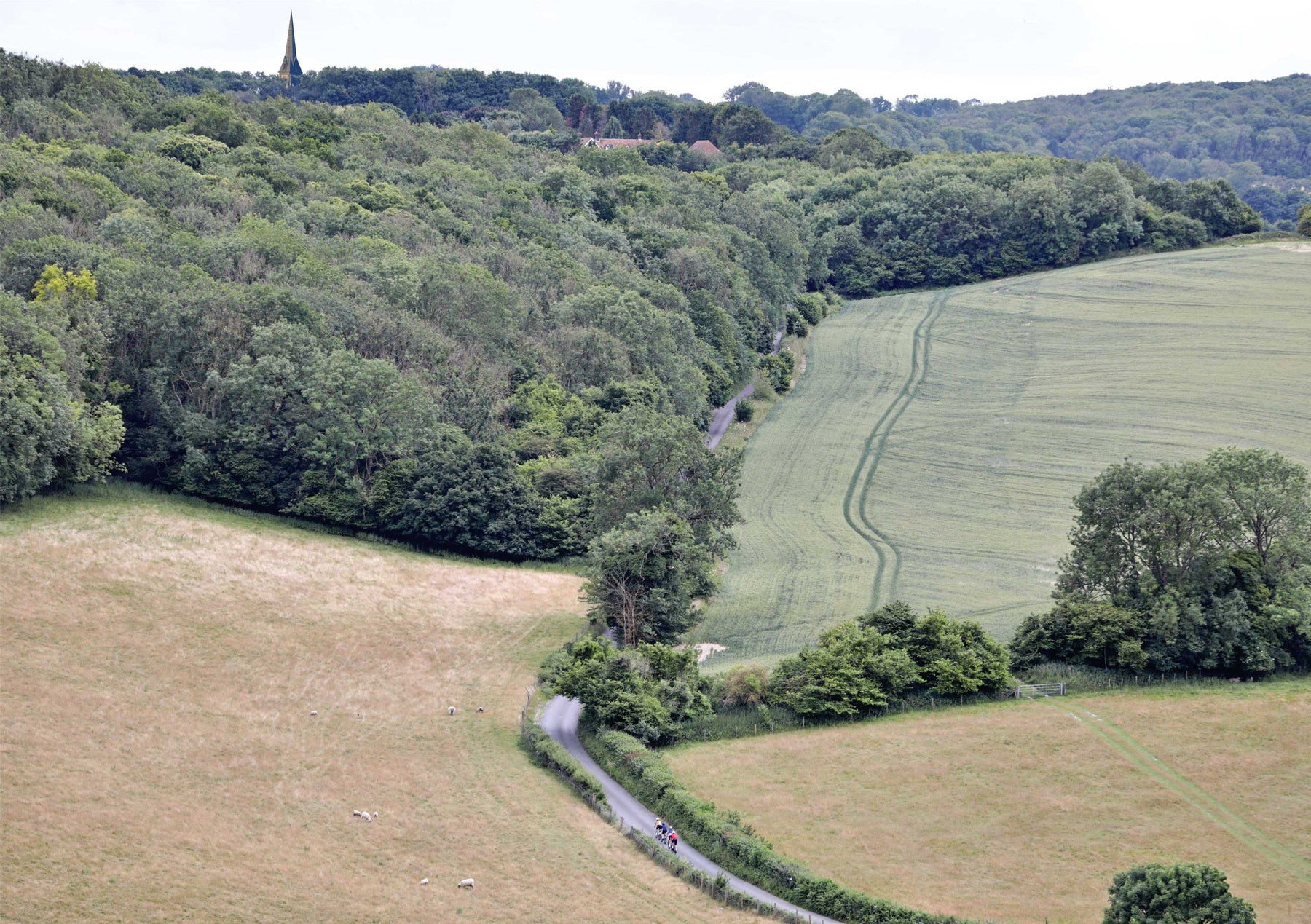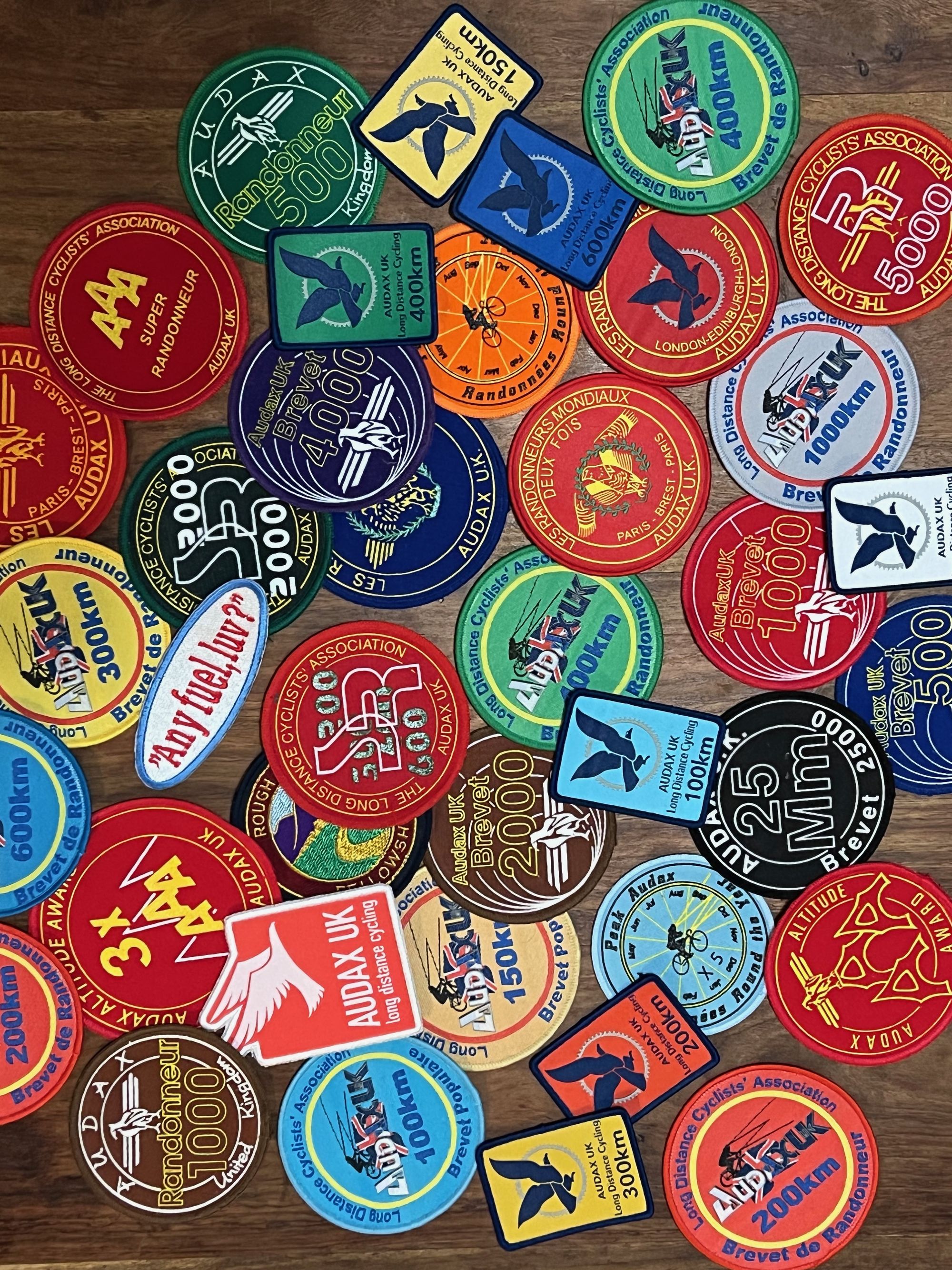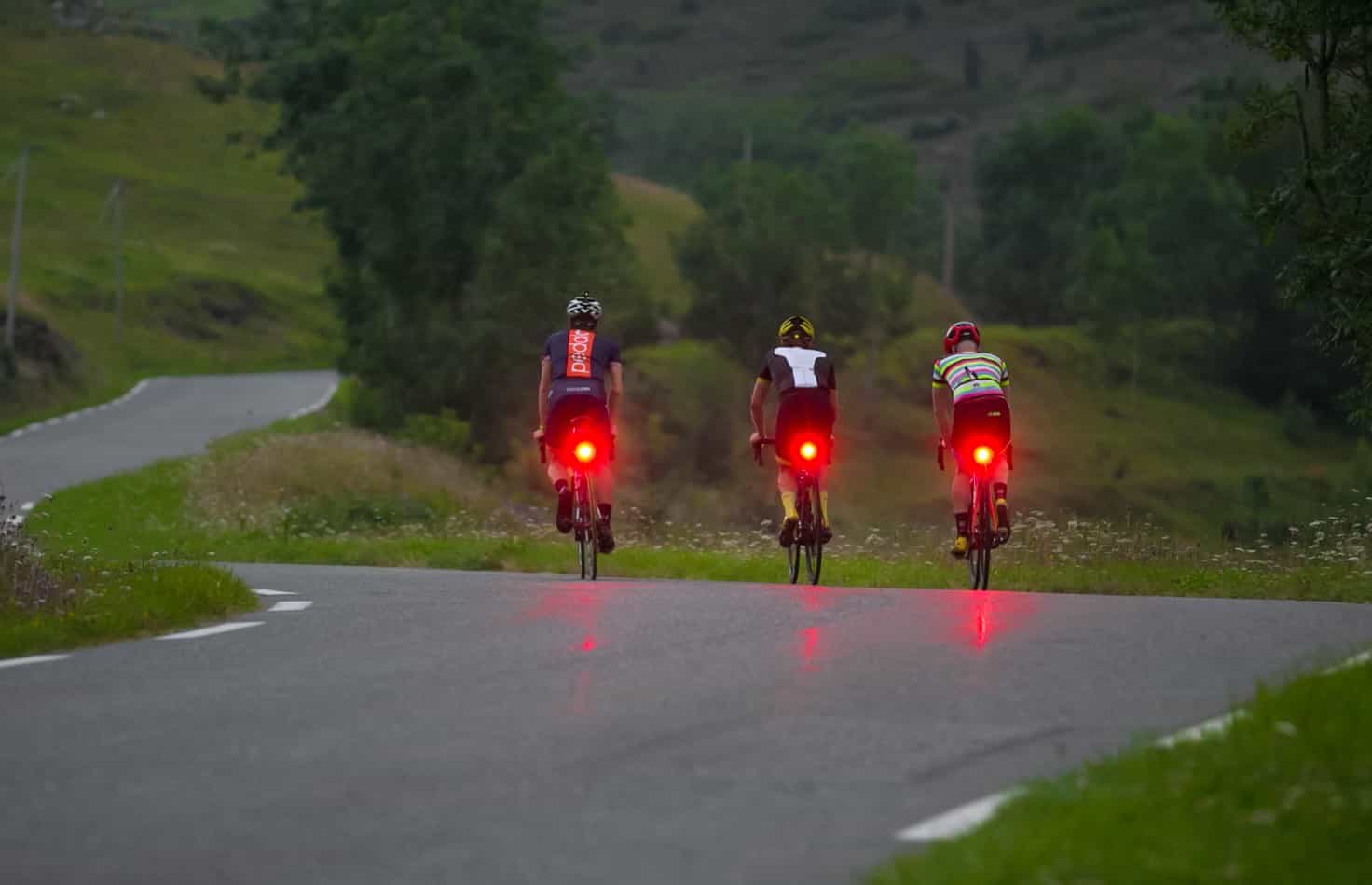These nifty online tools have revolutionised route planning for cycling, as well as other sports such as hiking and running. You’ll find a good choice of outdoor brands offering online route planners to both help you prepare for your ride and navigate your way along it, either using your mobile phone or a dedicated GPS cycling computer.
It doesn’t end there, either. Many of these apps also function as a sort of social media for us sporty types, allowing you to share your completed rides along with comments and photos for others to use and enjoy too.
Different Types of Cycle Route Planners
Besides the good old-fashioned way of planning routes on paper maps, there are a few different ways you can use cycle route planners.
Many riders opt to use a dedicated cycle route planner, usually available both on an internet browser for use on a laptop or computer, or as an app on your phone. Most people find using a larger screen on a computer handy, though for last-minute route planning or amendments, being able to use it on your phone can be really handy.
Online route planners such as komoot, RideWithGPS and Strava offer a huge array of third party integrations, which means that you’ll be able to pair them to a GPS cycling computer or smartwatch for navigation on the go. You can also use many of these planners for navigation on your phone.
Some hardware brands such as Garmin and Wahoo also offer their own route-planning software. You can create your own routes online on the Garmin Connect app, whereas you can use the ‘Route To’ function on a Wahoo GPS cycling computer for help navigating from A to B.
Don’t forget that there’s also universal apps like Google Maps that offer basic cycle-specific routing too!
How to Choose the Best Cycle Route Planner
Cycling route planners have changed a lot in recent years, and will no doubt continue to improve offering high-tech features and specific routing for different cycling disciplines.
Most online cycle route planners are free to sign up for and use their basic software, though may require a paid monthly or annual subscription for more advanced features.
It’s worth trying a few different options to see which best suits you and your riding before committing to shelling out extra, or taking advantage of free trials to demo the full range of tools.
If you’re a competitive cyclist, you might enjoy planning and analysing your rides using Strava’s Segment leaderboards, as well as checking out their Heatmap layer which shows you roads and trails that have been popular with other riders.
Some riders enjoy adding personalised Points of Interest with RideWithGPS, which can also offers advanced tools for creating multi-day rides, splitting or merging routes.
Multiple routing options for road cycling, touring, gravel and mountain biking can be applied using komoot’s clever sport-specific algorithms. There’s also plenty of local Highlights with photos and tips added by their online community that gives you a good idea of what you’ll encounter along your route.
In the UK, the OrdinanceSurvey app offers detailed rights of way information for riders who enjoy taking things off the beaten track, and may be more familiar for those used to using paper maps.
Then there are also some sport-specific route planners that may be worth consideration, too. For example, Trailforks offers an extensive library of mountain biking trails, though the route planner is fairly basic.
As the standard features are usually free to use, some people opt to use more than one route planner at the same time when scouting out new routes from the computer screen, utilising the handiest tools from each.
Similarly, you don’t need to use the same brand for both planning your routes and analysing your rides, with apps like TrainingPeaks and Strava giving more detailed metrics if you’re more focussed on training than exploring.
Tips for Using Cycle Route Planners
Just like with any digital software, the more you use it, the better you’ll become at navigating the features and creating great routes with ease. There are, however, a few things you can bear in mind when planning your routes, no matter what planner - or planners - you choose to use.
1. Keep an eye on elevation
Just because you can happily knock out 50 miles at home doesn’t mean it’ll be so easy everywhere, like on that Lake District weekender or on the back lanes of Cornwall. Use the elevation graph to keep an eye on total climbing when planning, as well as the gradients of the hills you’re heading for so you don’t get any nasty surprises!
2. Pick your start and end points carefully
Is it easy to get to your planned start and finish, perhaps using public transport or is there ample parking? Is there a place nearby for a pre-ride coffee or post-ride meal?
3. Include interesting features along the way
We may all love quiet, remote lanes, or hours of sessioning singletrack, but making sure you add in places to keep it interesting along the way is a must. Cycling-friendly cafe stops, scenic viewpoints and historic landmarks can all help to make your routes more memorable.
4. Check surface types
Heading out on the gravel bike or MTB and searching for some off-road fun, or keen to stick to tarmac on your slick tyres? Some cycle route planners incorporate OSM data including surface types to suggest good routes for different cycling disciplines, or display ways as road or off-road.
Double checking the surface types of your route before you ride can prevent any unexpected off-roading!
5. Adapt existing routes
Many route planners also offer a suite of ready-planned routes by other riders and route editors that you can pretty much plug-and-play. You might want to alter the start and finishing points, and of course take a check through to make sure it’s suitable for you, but otherwise it can save a lot of time and effort.
6. Prepare for navigation
Think about how you’ll navigate your chosen route. Will you be able to use your phone, or do you need to sync accounts with a GPS cycling computer?
If you’re heading somewhere remote, some apps offer you the ability to download maps offline, which is a great idea so you can still check your route even when you don’t have any phone signal.
7. Don’t forget about security
Don’t lead potential thieves to your doorstep. Either take advantage of these apps' privacy features to set a secrecy radius around your home or work where you keep your bike, or plan your routes starting a few hundred metres down the road so it’s not so easy to pinpoint where they are kept.
Conclusion
Just like most things, there’s no single best cycle route planner, so you should have a play with the options and see which you like best. And remember, practice makes perfect!
Fancy a free region bundle from komoot? That’s just one of the perks of joining the Laka Club, along with plenty more offers from other great brands.






